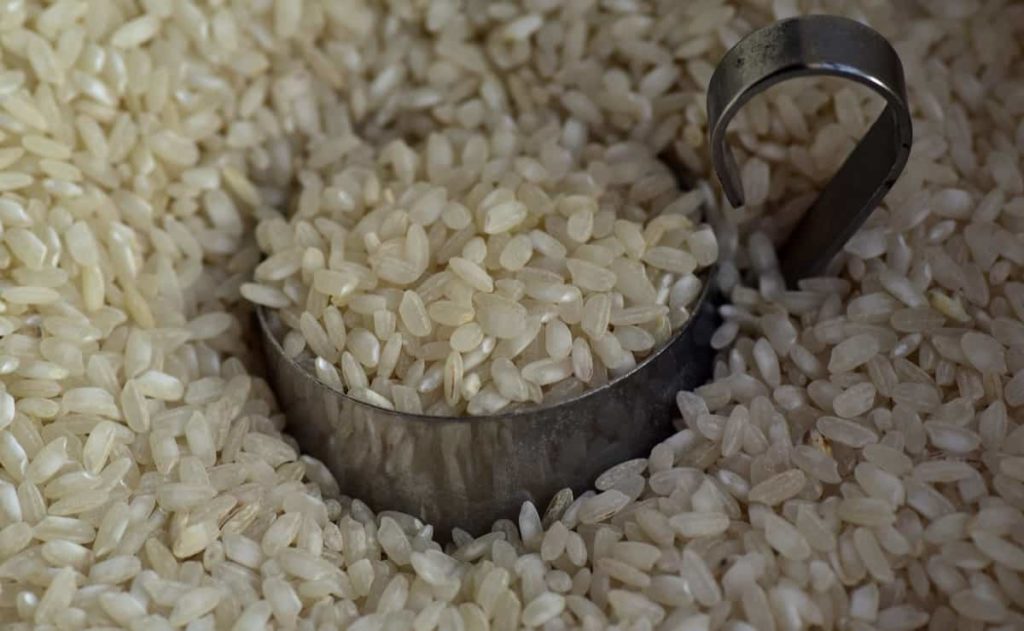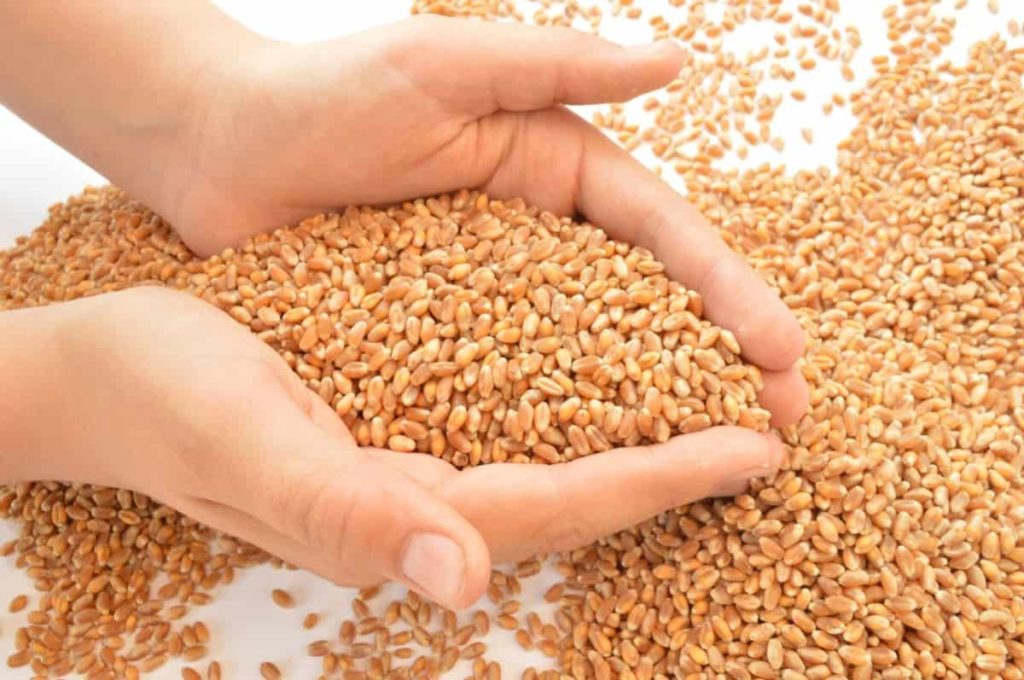Ration Cards have been around for ages in India and were primarily introduced to provide subsidized food sources to the underprivileged sections of the Indian population. Rates that are under Ration Card subsidies are highly reduced in price, whereby economically deprived individuals can buy rice, wheat, and other grains to fulfill basic human hunger needs. With this basic goal in view, millions of individuals benefit from different types of ration cards issued according to income groups.

Ration Card Schemes
There are quite a few ration card schemes in India, and state governments largely adopt these but remain generalized across India as the allotment of different types of ration cards takes place depending on families’ incomes. However, according to the government website at Controller of Rationing and Director of Civil Supplies (controller rationing-mumbai.gov.in), a tri-color ration card plan has been in effect since May 1999.
State governments have laid emphasis on the fact that individuals who live above the poverty line do not require the use of ration cards, as affordability is not a problem. Therefore, the government has mainly made ration cards available to families under the BPL or ‘Below Poverty Line’ umbrella to ensure ration card facilities for needy families and equal distribution of food rations.
In case you missed it: How to Make Money from Puffed Rice: Investment, Cost, and Profit Margin

Types of Ration Cards
Under the scheme of issuance of ration cards, the following main types are available through state government websites. Once an individual applies for a ration card, the ration card status can easily be checked online at the government website. To know about ration card eligibility, it’s important to be aware of what types of ration cards are available:
Yellow Ration Cards
Families with a yearly income of Rs. 15,000 or below can avail of these ration cards. In addition to income eligibility, such families should not own agricultural land, possess a professional educational degree, have a residential phone or have a vehicle of any sort, or be liable to pay tax, among other criteria.
Orange Ration Cards
These ration cards are issued to families with an annual income of Rs. 15,001 to Rs. 1 lakh. None of such family members should own more than 4 hectares of agricultural land or possess a four-wheeler vehicle.
White Ration Cards
Given to families that earn an annual income of Rs. 1 lakh or more, the white ration card may be used by families owning a four-wheeler or land of more than 4 hectares.
In case you missed it: Top 50 Agriculture Business Ideas on Your Budget

AAY Ration Cards
Under the Antyodaya Anna Yojana (AAY) scheme provides, ration cards to extremely poor families. These four economic ration card categories have been determined based on the total income of a household with a family head. All family members must live as a single unit and should not be a part of any other family unit.
- Handicraft Making at Home: A Small Profitable Business Idea
- Pet-Tech Startups: Innovations for Animal Lovers
- Tech Repair Services: Meeting the Demand for Gadget Maintenance
- Maximizing Rewards: Smart Credit Card Habits for Cashback and Points
- Ultimate Guide to Making Money from Goat Milk Business
- How to Start an Agricultural Value Added Product Business
- Value-Added Business Ideas for Greenhouse: The Best Ways to Make Profits with Greenhouse Farming
- How to Make Profits with Organic Country Chicken: Best Strategies for Beginners
- 10 Value-added Business Ideas for Millets: Low-investment and Highly Profitable
- Why Cleaning Service Business Becoming More Profitable in Metro Cities in India
- 10 Best Businesses to Start in Ayodhya for Profits
- Top Drone Business Ideas in India: Unlocking Aerial Innovation & Opportunities
- Top 10 Service Businesses You Can Start with No Money
- Ultimate Guide to Starting a Home-Based Advertising Agency Business
- Starting a Nail Salon Near Your Location: Check List, Business Plan, Licensing, and Opening Instructions
- Construction Company Name Ideas: Guide to Create New Construction Company Names
- 8 Best Small Businesses to Start in Hyderabad: Low-Cost and Profitable
- 10 Best Small Businesses to Start in Massachusetts: Low-Cost and Profitable
- 10 Best Small Businesses to Start in Maryland: Low-Investment and Profitable
- 10 Best Small Businesses to Start in Delaware: Low-Investment and Profitable
- 10 Best Small Businesses to Start in Connecticut: Low-Investment and Profitable
- Top 10 Best Online Pet Business Ideas: Exploring Cats to Dogs
- 10 Best Small Businesses to Start in Colorado: Low-Investment and Profitable
- Top 10 Profitable Small Business Ideas in California: Low-Investment Tips
- From Little Rock to Fayetteville: Top 10 Profitable Small Business Ideas in Arkansas
- Top 10 Profitable Small Business Ideas in Alabama: Discover Opportunities in Alabama’s Growing Cities
- Top 10 Profitable Small Business Ideas in Arizona: Discover Opportunities in Arizona’s Growing Cities
- Golf Business Ideas: Exploring Golf Course Money Making Ideas
- Low Capital Profitable Small Farm Ideas: Farming Ideas to Make Money
- How to Write a Business Plan for Daycare: Exploring from Financial Projections to Risk Management
- Home Daycare License Requirements: Exploring State-wise In-home Daycare Requirements
- How Profitable is Day Care Business: How Much Does a Daycare Owner Make a Month or Year?
- How to Open a Daycare Center in Toronto, Canada: Business Plan, Licenses and Permits
- How to Start Meal Prep and Delivery Services: A Popular Business Idea
- How to Start a Milk Chilling Plant Business
- How to Start Coconut Shell Charcoal Business: Business Plan for Maximizing Profits